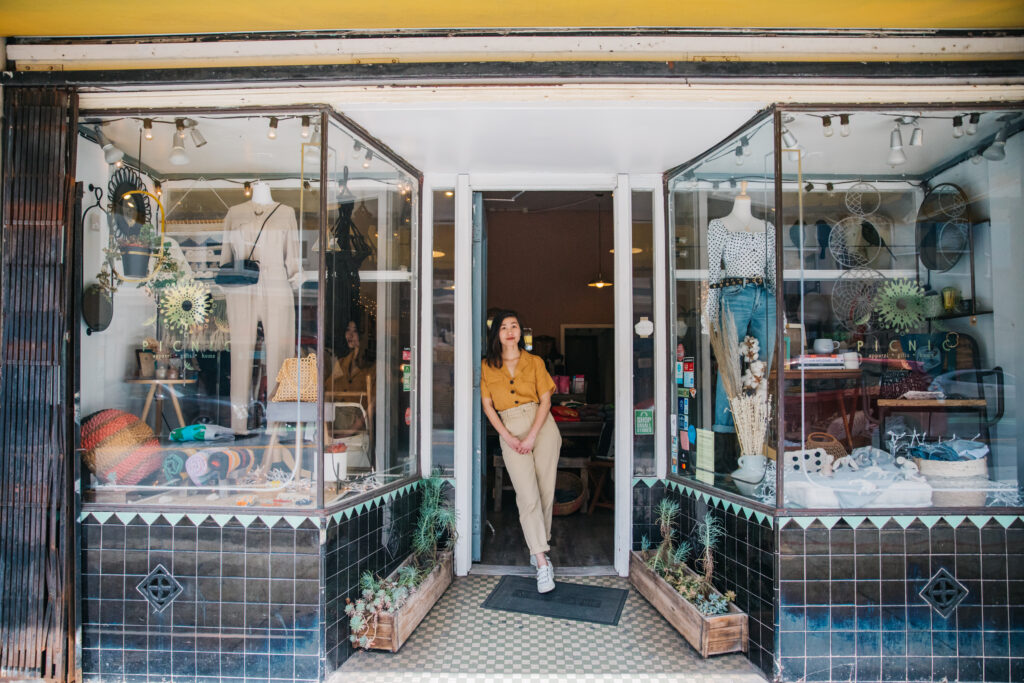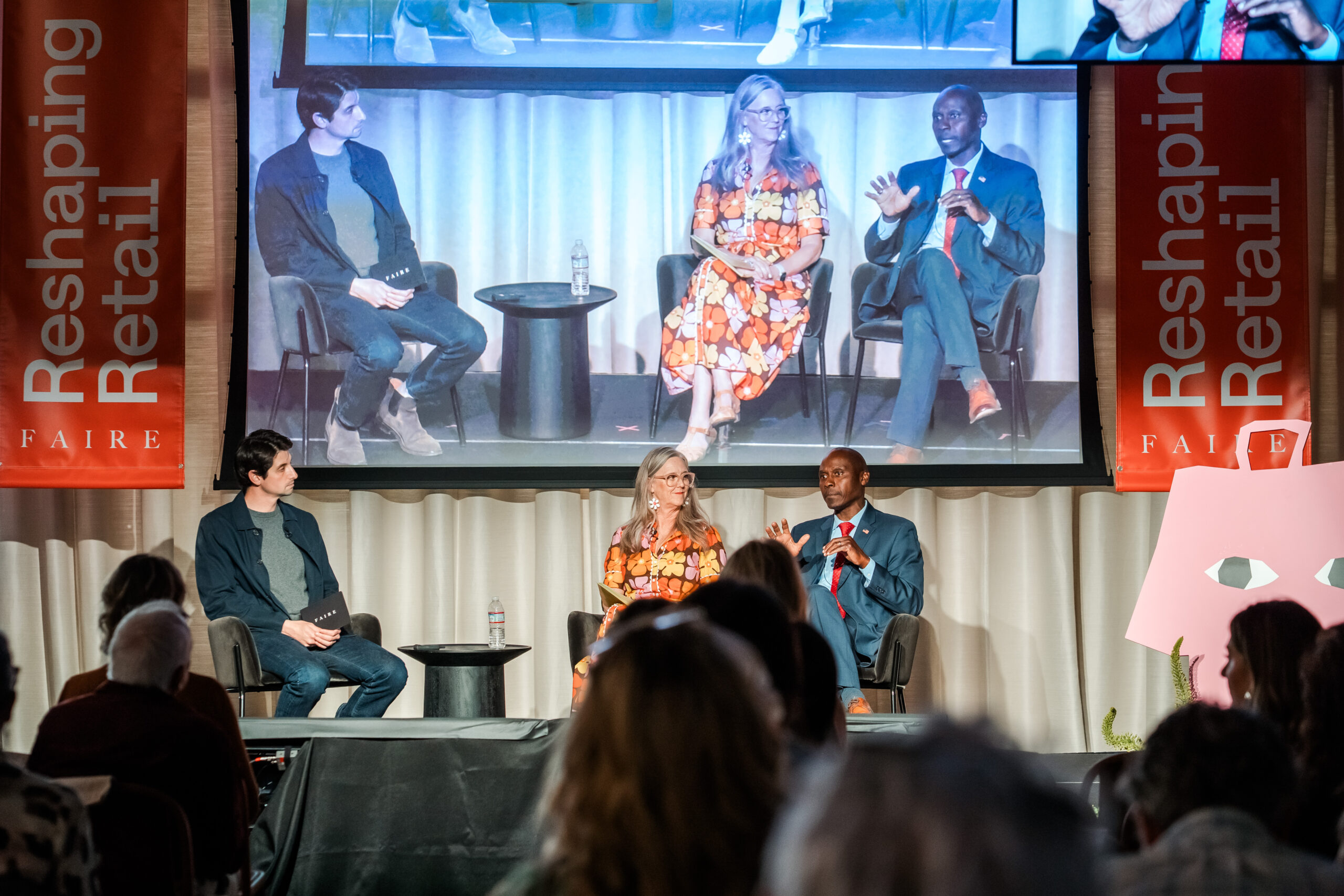How The Pandemic Led to a Resurgence of Independent Retail
April 17, 2023 | By Max Rhodes

Last month marked three years since the start of the pandemic. This unparalleled time in our history provided a rare opportunity to refocus on what is most important. We’ve since reimagined a lot about our lives: what an office looks like, where we live, and how to prioritize mental health. This more intentional way of living also prompted an incredible resurgence of entrepreneurial energy and shifted consumer mindsets away from frivolous, impulse-driven buying toward more values-based choices.
In short, the changes over the past three years ushered in a new wave of deliberate consumers and created an inflection point for retail.
The pandemic was expected to weaken independent retail. Online commerce surged as lockdowns and social distancing became the norm. But independent retail did not weaken. It actually re-emphasized what makes these businesses so resilient: the power of human connection, the thrill of discovery, and the advantage of agility. Our beloved neighborhood shops are stronger than ever and have a bright future ahead.
The Evolution of Retail Culture
For decades, shopping took place on local Main Streets, High Streets, and downtown shopping districts. When big box retail introduced the concept of low-price, high-volume megastores, shopping began to center around transactional efficiency instead of community. This was further exacerbated by the rise of e-commerce.
Then, in the years leading up to the pandemic, the big box began to lose its appeal. The “retail apocalypse” devastated the largest chain stores which gave smaller, local shops a chance to regain share. When the pandemic repowered e-commerce, forced store closures were expected to serve as the final nail in the coffin for community shops around the world.
And yet, three years later, independent retail is growing and we’ve seen twice as many new retail businesses on Faire. Meanwhile, nearly 2,000 chain stores have closed, with UBS predicting we will see upwards of 50,000 more closures in 2023.
So, what prompted this resurgence and resilience of local retail?
Consumers Long for Community and Connection
Our disconnection during the pandemic created nostalgia for a more intentional way of life. In fact, Forerunner research revealed that 75% of consumers in the U.S. today identify as “nostalgic,” and thus the firm is committing $250 million toward investing in companies that address the traditional needs of today’s modern society. It predicts we will see a “refreshed, sharper focus on the core life fundamentals that harken back to a more pure, simpler way of living.” Independent retail is particularly suited to deliver on this.
Small shop owners create magical experiences that closely connect them to their communities. They bring back the “ah-ha” moment of discovery that was lost in the optimization of commerce. In North America, nearly 25% of retailers who shop on Faire now use a single space as both a retail shop and community hub, and Square research reveals that 94% of retailers plan to enhance their in-store customer experience in 2023, turning shopping into an event.
Monolithic online channels and chain stores can’t compete on the emotional experience that independent retail delivers. E-commerce will continue to serve as a space for convenience, but true shopping, where relationships and brand loyalty are created, will happen in community shops.
The Original Influencers
Recommendation engines, influencers, and sponsored content have become pervasive in our daily lives. But increasingly, consumers are demanding transparency and control over their choices and are growing weary of manufactured recommendations. In fact, 89% of shoppers trust recommendations from people they know over brand advertising, and 64% don’t trust what influencers promote through their social channels.
This shift has energized brands to seek out shelf space in local retailers, where a knowledgeable shop owner with a particular perspective and taste is creating an experience. Nearly all of Faire’s hundreds of thousands of retailers have an online presence, yet 75% report that almost all sales happen in their physical store, demonstrating the appetite for in-person shopping experiences.
Independent retailers are the original influencers and trendsetters of their communities. They have personal relationships with their customers and curate specifically with their interests in mind. Shelf space in a local boutique has always been an accelerant for any brand, and we expect to see brands shift more focus to retail channels that are able to meet this new era of intentional consumerism.
Agility as a Superpower
Independent retailers are more nimble by design. They leverage their size to react faster to both economic and consumer trends. Big box retailers canceled billions of dollars in orders last year as they grappled with dead inventory from pandemic supply chain complications. Meanwhile, the average Faire retailer in the U.S. placed at least one order per week in 2022. This ability to restock quickly allows independents to manage inventory demands and chase trends at a much faster rate. We saw this on Faire during the pandemic when puzzles, masks, pajamas, and DIY kits immediately became top sellers.
Throughout history, independent retailers have remained competitive despite all obstacles—be it big box stores, the rise of e-commerce, or even a global pandemic. It’s through their agility, creativity, and a heightened focus on experience that they consistently create new ways to succeed.
With independent retailers today leveraging technology in larger numbers than ever before, they are uniquely positioned to offer the ultimate shopping experience that will feed the next era of intentional consumerism.



